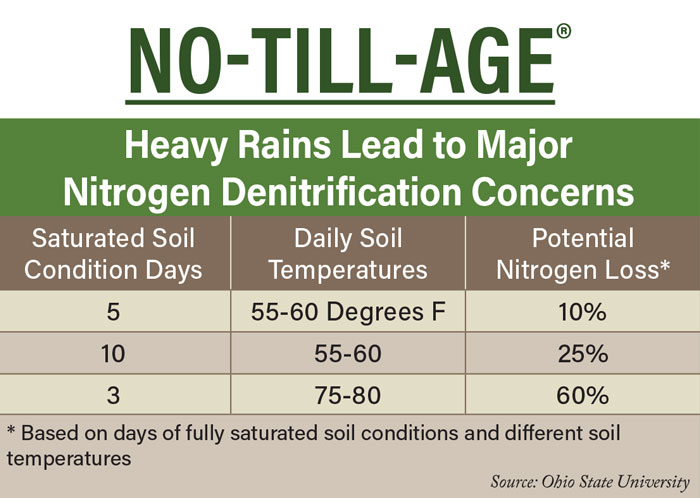No-Till Farmer
Get full access NOW to the most comprehensive, powerful and easy-to-use online resource for no-tillage practices. Just one good idea will pay for your subscription hundreds of times over.
.png?t=1713553574&width=700)
.png)
Okay, I admit it. I spend way too much worthless time looking at Facebook posts with agricultural-related videos.
Very few of these ag-related videos feature no-tillage, strip-tillage or cover crops. Instead, the majority of ag-related Facebook videos fall into a half-dozen categories:
While you often see color photos on Facebook of farmers no-tilling, strip-tilling or seeding and terminating cover crops, few videos explain these all-important conservation ag practices.

Maybe it's because there’s not enough action or excitement with no-till compared to mud flying everywhere when a 500-hp tractor and 40-foot disc is stuck up to its axles. Or a $600,000…